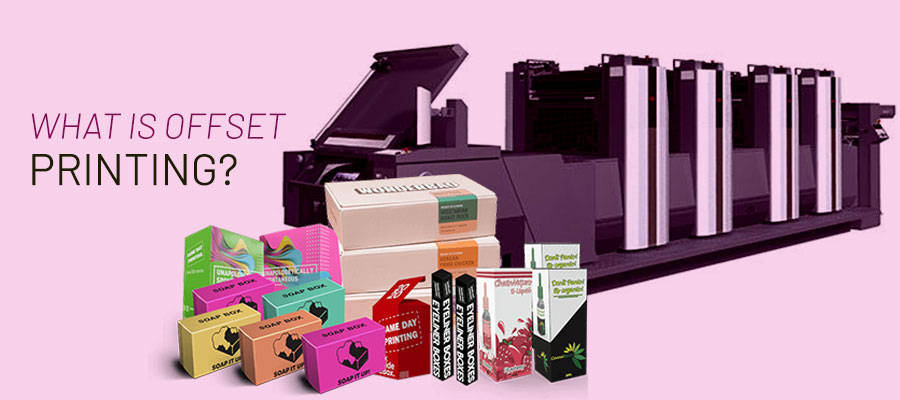
In today's fast-paced digital world, where information travels at the speed of light and screens dominate our lives, there's something magical about the tangible allure of a printed piece.
Offset lithography, a remarkable printing technique, has been the unsung hero behind countless eye-catching print materials.
From vibrant magazine covers to intricate packaging designs, offset printing has revolutionised the world of print and packaging.
Let’s talk about the fascinating world of offset lithography, exploring its inner workings, applications, and the reasons behind its enduring popularity.
Offset printing emerged in the early 20th century as a groundbreaking alternative to cumbersome letterpress techniques.
It was a game-changer that offered improved efficiency, higher print quality, and greater flexibility. By utilising the principle of lithography, which relies on the fact that oil and water do not mix, offset printing revolutionised the industry.
Offset printing is a perfect amalgamation of artistic finesse and scientific precision. It begins with the creation of a printing plate, usually made of aluminum, where the image is etched.
This plate transfers the image to a rubber blanket, and from there, it is offset onto the final printing surface, typically paper or cardboard.
Read More: What Are Cartons?
The magic lies in the offset process itself. The inked image is first transferred to the rubber blanket, which then rolls it onto the paper, resulting in a clean and precise reproduction.
This indirect transfer method eliminates direct contact between the plate and the paper, ensuring a sharper image and extending the lifespan of the printing plates.
To achieve remarkable print quality, offset lithography relies on a series of meticulous steps.
Offset lithography has found its true calling in the world of print and packaging. Its versatility and ability to produce high-quality prints make it a staple in the industry.
Color is the lifeblood of any impactful print or packaging design. Offset lithography shines in this aspect, delivering rich and vibrant colors that captivate the eye.
By using a four-color CMYK (Cyan, Magenta, Yellow, Black) process, offset printing can reproduce a vast spectrum of colors with astounding accuracy and consistency.
One of the greatest strengths of offset printing lies in its adaptability to various substrates and finishes. Whether it's glossy or matte paper, textured cardstock, or even non-paper materials like plastic or metal, offset lithography can effortlessly handle diverse printing surfaces.
Moreover, it allows for a multitude of finishing options, including spot varnishes, embossing, foiling, and more, transforming ordinary designs into extraordinary masterpieces.
Read More: Boxes for Clothing Gifts
Efficiency and cost-effectiveness are key considerations for any printing project. Offset lithography excels in both aspects. Once the plates are prepared, offset printing can produce a large volume of prints at high speeds, making it ideal for large-scale print runs.
Additionally, the process is cost-effective, as the plates can be reused for future print jobs, reducing setup costs and wastage.
Offset lithography also offers superior image reproduction and fine details, ensuring that every print is crisp and accurate.
This precision, combined with its efficient production capabilities, has made offset printing a top choice for a wide range of industries, from publishing and advertising to packaging and branding.
Offset lithography has undeniably shaped the landscape of print and packaging, captivating audiences with its ability to create visually stunning and captivating designs.
From its humble beginnings to its remarkable present, this printing technique continues to be the go-to choice for those seeking high-quality, cost-effective, and versatile printing solutions.
As technology evolves, offset printing remains a testament to the enduring power of the printed word and the artistry that comes with it. In a world where digital media reigns, offset lithography remains an irreplaceable cornerstone of our visual experiences.
So, the next time you hold a beautifully printed piece in your hands, take a moment to appreciate the wonders of offset lithography that brought it to life.
